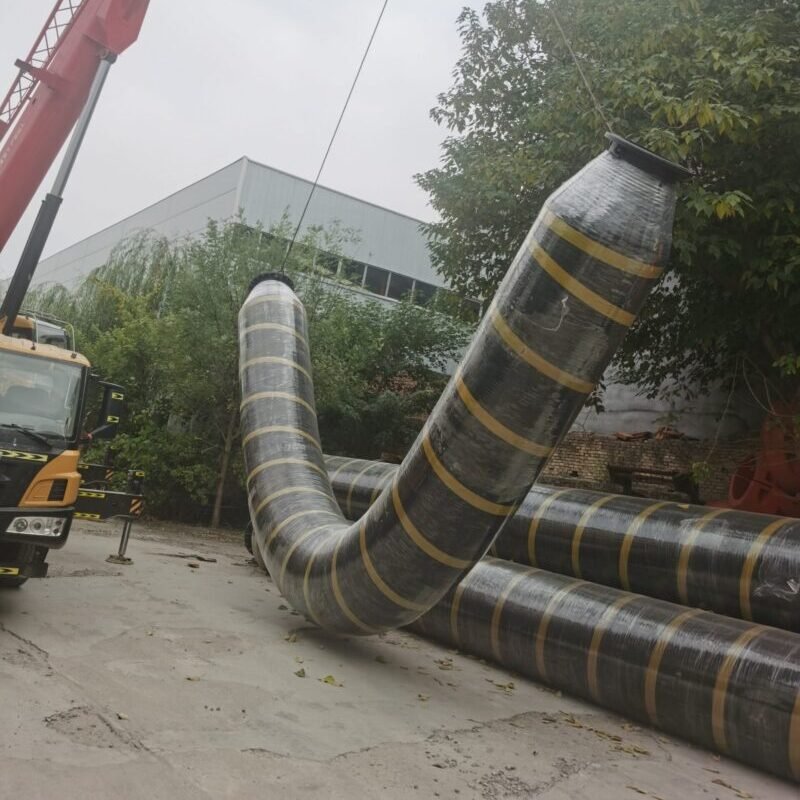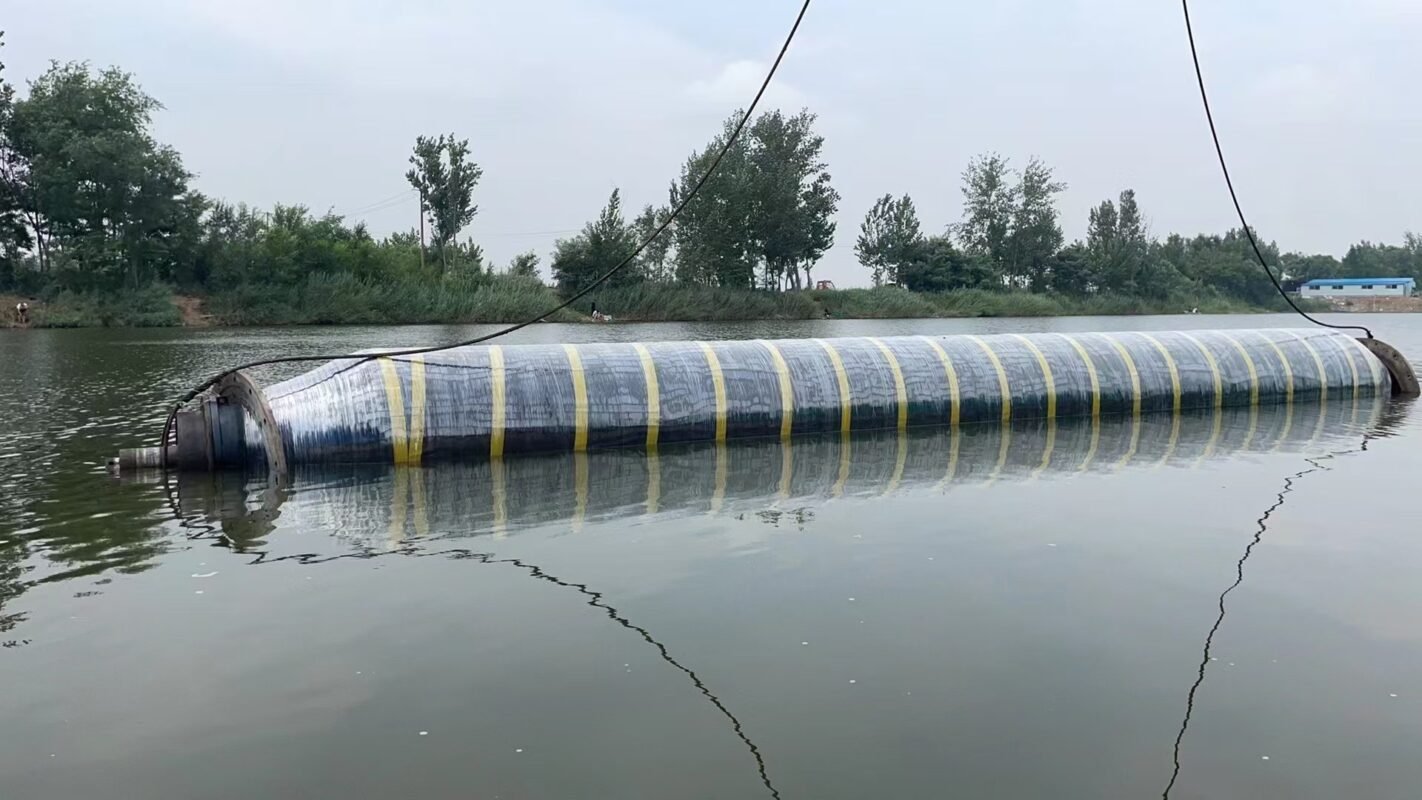How to test the flexibility of self – floating rubber hoses?
Testing the flexibility of self – floating rubber hoses requires considering their material properties and actual application scenarios, and usually includes static and dynamic testing methods. The following are the detailed testing steps and precautions:
1. Preparation before testing
– Sample selection: Select representative pipe sections (recommended length ≥ 1 meter) to ensure no surface defects.
– Environmental conditions: Conduct the test under standard temperature and humidity (such as 23 ± 2 °C, 50 ± 5% RH) to avoid the influence of extreme temperatures on rubber properties.
– Equipment calibration: Ensure that the accuracy of bending testing machines, torsiometers, etc. meets ISO or ASTM standards.
2. Static flexibility testing
– Bending radius test
– Method: Slowly bend the rubber hose to the minimum allowable radius (refer to the manufacturer’s nominal value) and hold for 1 minute.
– Passing standard: No cracks, creases, or outer – layer separation; it can rebound to more than 90% of its original shape after unloading.
– Reference standards: ASTM D790 (Flexural properties of plastics) or ISO 178.
– Torsion test
– Steps: Fix one end and rotate the other end by 180° – 360° to observe if there is kinking or deformation.
– Tools: Use a torque meter to record the maximum torque value and compare it with the product specifications.
– Compression – recovery test
– Method: Apply radial pressure (such as 30% of the pipe diameter), hold for 5 minutes, and then release.
– Evaluation: Measure the permanent deformation (should be < 5%).
3. Dynamic flexibility testing
– Repeated bending fatigue
– Equipment: Use a reciprocating bending machine (such as the MIT folding endurance tester).
– Parameters: Set the bending angle (±90°), frequency (1 – 2 Hz), and cycle ≥ 10,000 times.
– Checkpoints: Cracks in the pipe body, exposure of the reinforcement layer, or leakage of buoyancy material.
– Pulsating pressure test
– Simulated working conditions: Alternately apply high and low pressures (such as 0.2 – 1.5 times the working pressure) to observe changes in the flexibility of the pipe body.
4. Environmental adaptability testing
– Low – temperature test: Freeze at – 20 °C for 24 hours and then bend immediately to check for embrittlement.
– Medium – resistance test: Immerse in seawater/oils for 48 hours and test the change rate of flexibility (≤ 10%).
5. Buoyancy performance verification
– Method: Measure the buoyancy loss in the bent state (should be < 15% of the initial buoyancy).
– Steps: Immerse the bent pipe section in water and calculate the remaining buoyancy by the weighing method.
6. Data recording and reporting
– Record test parameters (temperature, load, number of cycles, etc.) and failure modes (such as crack location).
– Compare with industry standards (such as API 17K for offshore hoses) or customer technical requirements.
Precautions
– Safety protection: Wear protective equipment when testing high – pressure or low – temperature conditions.
– Destructive testing: Some tests may lead to sample scrapping, so sufficient samples need to be reserved.
– Manufacturer consultation: Some special rubbers (such as hydrogenated nitrile rubber) may have specific testing requirements.
Through the above comprehensive tests, the flexibility and durability of self – floating rubber hoses under real – world working conditions can be comprehensively evaluated. It is recommended to entrust a third – party laboratory (such as SGS, TÜV) to conduct certification tests to enhance the credibility of the results.




